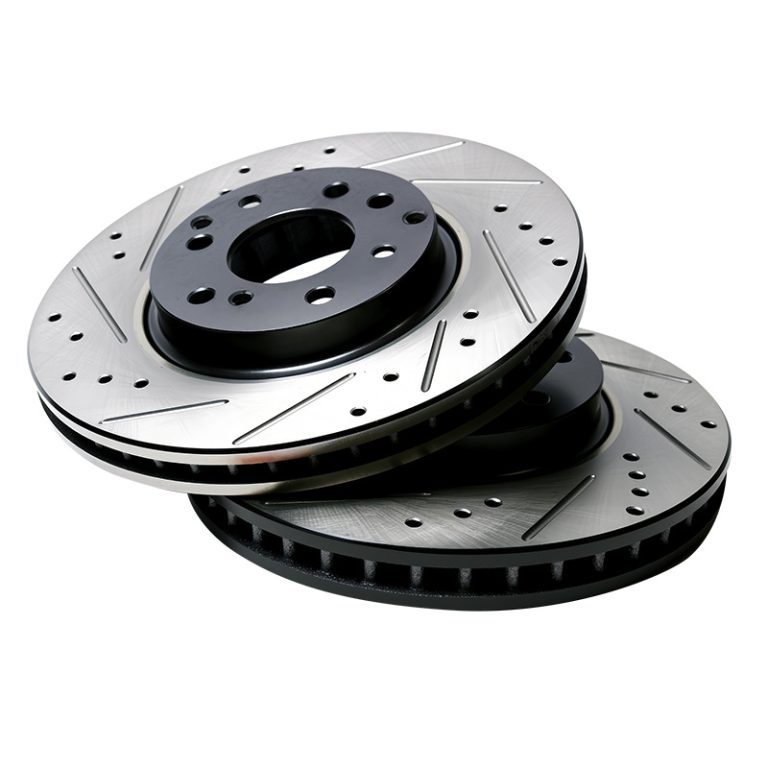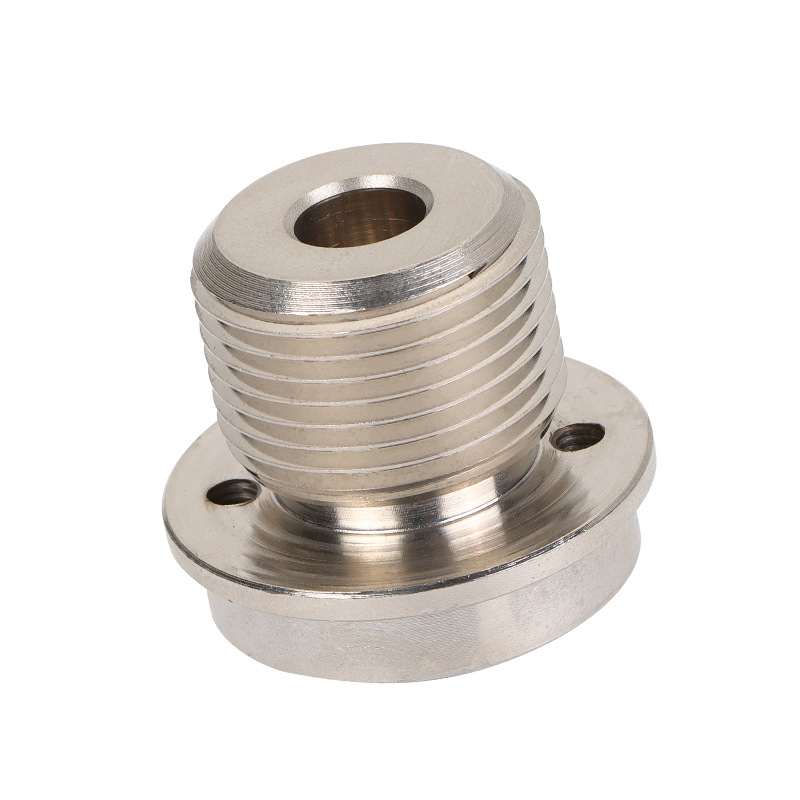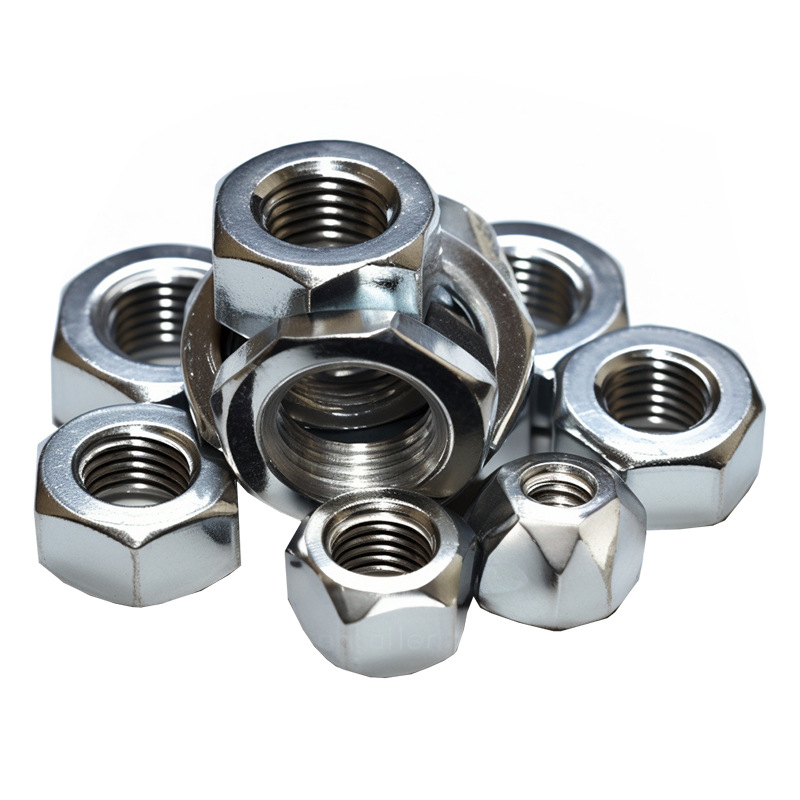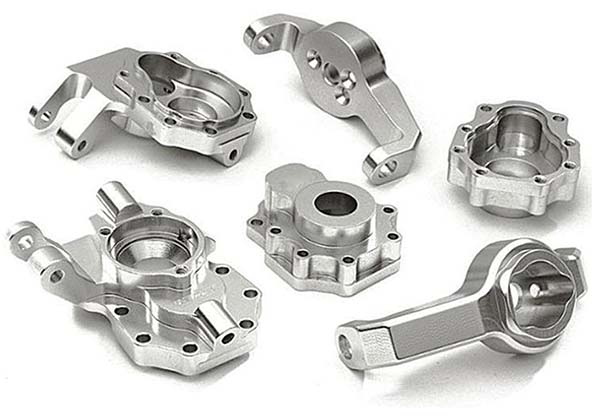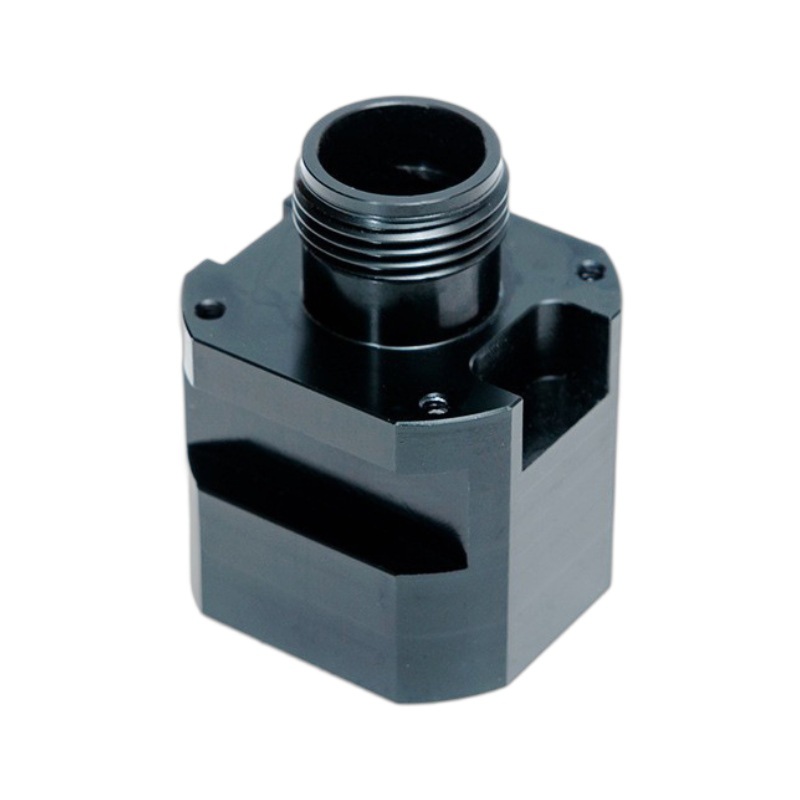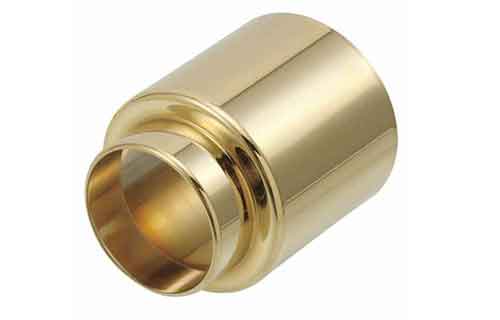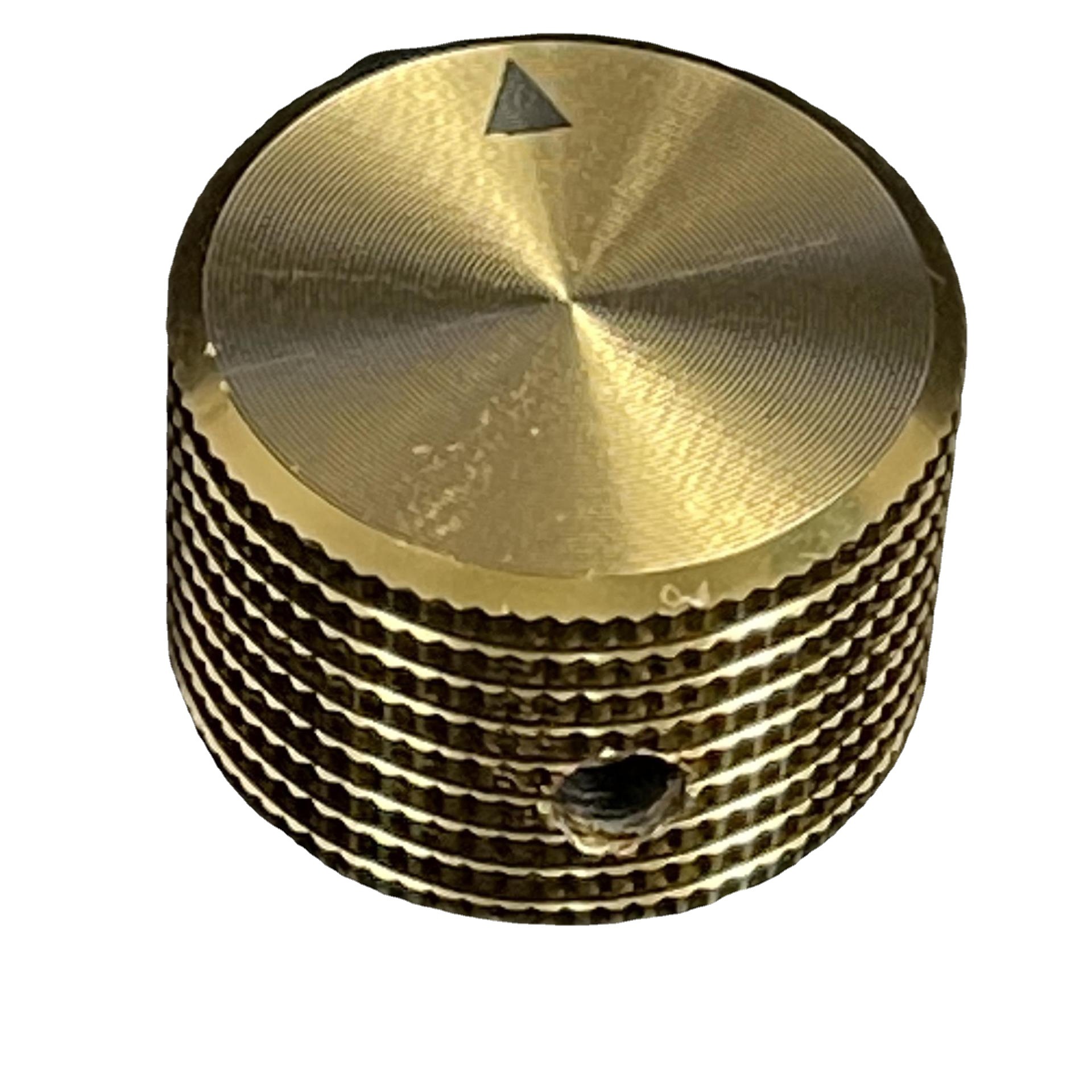Metal surfaces often fall short of expectations: a stainless steel appliance might have visible machining marks, a jewelry piece could lack the desired shine, or a medical instrument might reflect too much light during procedures. These flaws aren’t just cosmetic—rough surfaces can trap contaminants, uneven finishes can affect coating adhesion, and unwanted reflectivity can hinder functionality. Chemical treatments can’t smooth physical imperfections, and basic sanding leaves inconsistent textures. What’s needed is a process that can tailor surfaces to exact specifications, whether a glossy mirror shine or a soft matte texture. This is where surface treatment polishing (mirror/matte finish) excels. By refining surfaces through controlled abrasion or chemical action, it solves these pain points—delivering precise finishes that enhance both aesthetics and performance. In this guide, we’ll explore how polishing works, its key types, properties, and how to leverage it for superior surface quality.
Introduction to Polishing (Mirror/Matte Finish)
Polishing (mirror/matte finish) is a surface refinement process that transforms textures through controlled material removal—balancing artistry with engineering precision:
- Definition: Polishing is a treatment that smooths surfaces by removing small amounts of material (typically 0.1-10 μm) using abrasives, chemicals, or electrochemical processes. It can produce either a mirror finish (highly reflective, ≤0.02 μm Ra) or a matte finish (non-reflective, 0.1-1 μm Ra), depending on application needs.
- Historical background: Ancient civilizations polished metals like bronze and silver using sand and cloth for decorative purposes. The Industrial Revolution introduced mechanized polishing in the 1800s, with steam-powered buffers for mass-produced goods. Modern advancements, such as computer-controlled electrochemical polishing, now achieve nanoscale finishes for aerospace and medical applications.
- Basic principles: Polishing works by progressively reducing surface irregularities. Coarse abrasives remove larger defects, while finer abrasives smooth micro-roughness. For mirror finishes, the goal is to create a surface where light reflects uniformly; for matte finishes, controlled micro-textures scatter light to reduce reflectivity.
- Industrial significance: Polishing is critical in 70% of metal products requiring aesthetic or functional surface control, from automotive trim to surgical tools. It adds \(10-50 per part in value through improved appearance and performance. The global metal polishing market exceeds \)5 billion, driven by demand in consumer goods and precision engineering.
- Environmental considerations: Traditional abrasive polishing generates waste (spent compounds, worn pads), but modern systems recycle abrasives and use water-based coolants. Chemical polishing uses non-toxic solutions (e.g., citric acid) to reduce environmental impact, complying with REACH and RoHS regulations.
- Comparison with other surface treatments: Polishing offers unique control over surface texture:
| Feature | Polishing (Mirror/Matte) | Plating | Anodizing |
| Reflectivity Control | Excellent (0-100%) | Limited (depends on metal) | Low (matte to semi-gloss) |
| Surface Roughness | 0.02-1 μm Ra | 0.1-5 μm Ra (depends on base) | 0.5-5 μm Ra |
| Material Removal | 0.1-10 μm | Adds material (1-20 μm) | Converts surface (1-50 μm) |
| Cost for Precision | Moderate to high | High | Moderate |
Types of Polishing
Polishing techniques vary by method and desired finish, from manual buffing to automated electrochemical processes:
- Mirror polishing: Uses ultra-fine abrasives (1-5 μm) or electrochemical processes to achieve ≤0.02 μm Ra surfaces. It’s done in stages: grinding (120-400 grit), polishing (600-2000 grit), and buffing with diamond compounds. Common in automotive trim, jewelry, and optical components.
- Matte polishing: Creates a uniform non-reflective finish (0.1-1 μm Ra) using abrasive blasting followed by fine polishing, or chemical etching to create micro-textures. It’s used in medical instruments (reduces glare) and kitchen appliances (hides fingerprints).
- Mechanical polishing: Uses rotating wheels or belts with abrasive compounds (aluminum oxide, diamond). It’s versatile, handling everything from stainless steel to titanium, and is widely used in industrial manufacturing for its speed and control.
- Electrochemical polishing: An electrochemical process that removes surface material via anodic dissolution, creating ultra-smooth finishes (≤0.01 μm Ra). It’s ideal for complex geometries (e.g., medical implants) where mechanical polishing can’t reach.
- Chemical polishing: Uses acid solutions (phosphoric, nitric) to dissolve surface irregularities, producing a smooth finish without mechanical contact. It’s used for delicate parts like electronic connectors or intricate jewelry.
- Vibratory polishing: A mass finishing process where parts and abrasive media vibrate together, smoothing surfaces uniformly. It’s cost-effective for small parts (screws, jewelry findings) needing matte or semi-gloss finishes.
- Tumbling polishing: Similar to vibratory polishing but uses rotating barrels, better for larger parts. It’s often used as a pre-polish step to remove burrs before final mirror finishing.
- Hand polishing: Manual polishing with cloth wheels and compounds, used for custom work or intricate parts (e.g., handcrafted jewelry). It allows artisans to control finish quality with precision.
Properties of Polished Surfaces
The properties of polished surfaces are tailored to both aesthetic and functional needs:
- Surface finish: Mirror finishes have ≤0.02 μm Ra, with light reflectivity >90% (comparable to glass). Matte finishes have 0.1-1 μm Ra, with reflectivity <30% due to light scattering. Both finishes feel smooth to the touch, with no detectable roughness.
- Aesthetic appeal: Mirror finishes enhance visual impact in decorative applications (e.g., luxury watches, automotive grilles), while matte finishes offer a modern, understated look (e.g., smartphone frames, kitchen sinks).
- Wear resistance: Polished surfaces (especially mirror finishes) resist wear better than rough surfaces, as there are fewer micro-irregularities to catch and abrade. Mirror-polished stainless steel has 30% longer wear life in sliding applications than unpolished steel.
- Corrosion resistance: Smooth surfaces (≤0.1 μm Ra) are less prone to corrosion because there are fewer crevices for moisture and contaminants to accumulate. Electrochemically polished 316 stainless steel withstands 2000+ hours of salt spray testing (ASTM B117).
- Dimensional accuracy: Polishing removes minimal material (0.1-10 μm), preserving tight tolerances (±0.001 mm) in precision parts like gears and surgical tools. This is critical for parts that must fit together perfectly.
- Adhesion: While very smooth mirror finishes can reduce coating adhesion, matte finishes (0.5-1 μm Ra) provide ideal texture for paints and adhesives, improving bond strength by 150% compared to unpolished surfaces.
- Surface roughness: Measured in Ra (arithmetic average), with mirror finishes at 0.01-0.02 μm Ra and matte finishes at 0.1-1 μm Ra. This precision ensures consistent performance across batches.
Applications of Polishing
Polishing enhances performance and appearance across industries, from everyday products to high-tech components:
- Automotive: Chrome trim undergoes mirror polishing for maximum reflectivity, while engine components use matte polishing to reduce friction. Wheel rims often combine both—mirror faces with matte spokes for visual contrast.
- Aerospace: Turbine blades are mirror-polished to reduce air resistance, improving fuel efficiency by 2-3%. Cabin interiors use matte-polished stainless steel to minimize glare and fingerprints.
- Medical devices: Surgical instruments have matte finishes to reduce glare during procedures, while implants (e.g., hip joints) are mirror-polished to minimize tissue irritation and bacterial adhesion.
- Consumer electronics: Smartphone frames use matte polishing for a slip-resistant, fingerprint-resistant surface, while camera lenses require mirror-polished glass for optimal light transmission.
- Jewelry: Precious metals (gold, platinum) are mirror-polished to maximize shine, while some designs use matte finishes to create texture contrast. Micro-polishing ensures gemstones sit flush in settings.
- Industrial equipment: Hydraulic valves are mirror-polished to prevent fluid turbulence and leaks, while machine tool surfaces use matte polishing to reduce light reflection that could distract operators.
- Construction: Architectural metal (stainless steel, brass) uses mirror polishing for iconic buildings (e.g., skyscraper facades) or matte polishing for handrails and fixtures needing durability.
Polishing Process and Equipment
The polishing process and equipment are designed to achieve precise surface finishes with repeatability:
- Polishing machines: Include rotary polishers (1000-3000 RPM), belt sanders with progressive grits, and CNC-controlled systems for automated precision. Mirror polishing stations often have 5-7 stages with increasingly fine abrasives.
- Abrasive materials: Range from coarse (80 grit) to ultra-fine (10,000 grit) compounds. Common types:
- Aluminum oxide: For general metal polishing.
- Diamond paste: For hard metals (titanium, carbide) and mirror finishes.
- Cerium oxide: For glass and optical polishing.
- Electrochemical equipment: Uses a DC power supply, electrolyte solution (phosphoric acid-based), and cathode. Parts are submerged, and current (10-50 A) dissolves surface irregularities, achieving ≤0.01 μm Ra finishes.
- Vibratory and tumbling equipment: Vibratory bowls (100-300 Hz) and tumbling barrels (10-60 RPM) use ceramic or plastic media with polishing compounds. Cycle times range from 1-24 hours, depending on finish requirements.
- Hand tools: Include handheld rotary tools (Dremel), buffing wheels (cotton, felt), and polishing pads. These are used for touch-ups or custom work where automation can’t reach.
- Pre-treatment processes: Parts are degreased with solvents or alkaline cleaners to remove oils, ensuring abrasives contact the surface directly. This step reduces polishing time by 20-30%.
- Post-treatment processes: Polished parts are rinsed to remove abrasive residues, then dried with compressed air or heat (60-80°C). Mirror finishes may receive a protective coating (e.g., wax) to prevent fingerprints.
- Safety equipment: Dust masks (for abrasive particles), safety glasses, and gloves. Chemical polishing requires acid-resistant gear and ventilation to remove fumes.
Quality Control and Maintenance in Polishing
Rigorous quality control and maintenance ensure consistent, high-quality finishes:
- Surface inspection: Profilometers measure Ra values to verify finish specifications (e.g., 0.02 μm Ra for mirrors). Gloss meters check reflectivity (≥90% for mirrors, ≤30% for matte), and visual checks under 50x magnification identify scratches or unevenness.
- Dimensional inspection: Micrometers and optical comparators verify material removal stays within limits (0.1-10 μm), ensuring parts meet tolerance requirements (±0.001 mm for precision components).
- Abrasive control: Abrasive grit sizes are checked with sieves to ensure consistency. Worn abrasives (e.g., polishing pads with >20% wear) are replaced to prevent uneven finishing.
- Equipment maintenance: Polishing machine spindles are calibrated weekly to maintain speed (±50 RPM). Electrochemical cells are cleaned monthly to remove sludge, ensuring uniform current distribution.
- Process parameters: Polishing pressure (1-5 N), speed (1000-3000 RPM), and time are logged for each batch. Statistical process control (SPC) tracks variations, with adjustments made if Ra values drift by >10%.
- Quality standards: Compliance with ISO 8503 (surface preparation standards) and ASTM B46.1 (surface texture) ensures finishes meet industry requirements. Medical devices follow ISO 13485 for biocompatibility of polishing compounds.
- Defect correction: Scratches in mirror finishes are repaired by re-polishing with finer abrasives. Uneven matte finishes require re-tumbling with fresh media to restore uniformity.
Yigu Technology’s Perspective
As a leading custom manufacturing supplier in China, Yigu Technology offers precision polishing services for mirror and matte finishes across automotive, medical, and consumer electronics industries. Our capabilities include CNC mechanical polishing (0.02 μm Ra mirror), electrochemical polishing for complex parts, and vibratory finishing for mass-produced components. We use eco-friendly abrasives and compounds, with strict quality checks via profilometers and gloss meters. Our processes meet ISO 9001 and medical ISO 13485 standards, ensuring consistent finishes tailored to client needs—from high-shine automotive trim to low-glare medical instruments. We optimize polishing cycles to balance quality and cost, delivering reliable, on-time results.
FAQs
- Can the same part have both mirror and matte finishes?
Yes—selective polishing uses masking to protect areas needing matte finish while mirror-polishing others. This is common in jewelry (matte settings with mirror gemstone surrounds) and automotive parts (mirror logos on matte panels).
- How long does a polished finish last?
Mirror finishes on stainless steel or chrome can last 5-10 years with proper care (avoiding abrasive cleaners). Matte finishes are more durable, lasting 10+ years as their texture resists wear better than smooth surfaces. Protective coatings extend life by 30-50%.
- Is polishing suitable for all metals?
Most metals can be polished, but results vary: stainless steel and chrome take excellent mirror finishes, while aluminum and brass may require additional steps (e.g., anodizing) to maintain finish. Soft metals (copper, gold) need gentler abrasives to avoid deformation.
